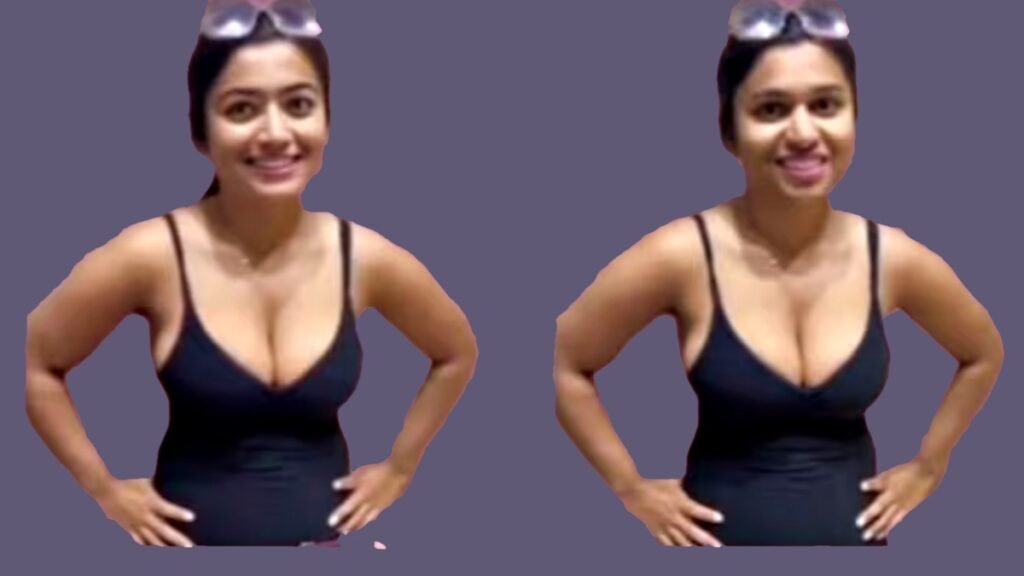
Mumbai: A video that shows actress Rashmika Mandanna entering a lift has gone viral on social media, but it has been revealed to be a deepfake. The video is actually a face swap of Rashmika with a British-Indian woman named Zara Patel, who posted the original video on her Instagram account a few days ago.
Deepfake is a term that refers to the use of artificial intelligence (AI) to create fake images or videos of people by replacing their faces or bodies with someone else’s. Deepfake technology has become so advanced that it can create realistic and convincing results that are hard to detect by the human eye.
The video of Rashmika and Zara is an example of how deepfakes can be used to manipulate and deceive people. The video shows Zara entering a lift and trying to get out before the door closes. However, as she moves towards the door, her face changes to Rashmika’s in a smooth transition. The face swap is done so well that it is difficult to notice the difference at first glance. The video was posted online on October 8 and has been widely shared since then.
However, some eagle-eyed viewers spotted the anomaly and pointed out that the video was a deepfake. They compared the video with the original one posted by Zara and found that the head of Rashmika was not aligned with the body of Zara in the first second. They also noticed that the background and the clothes of the two women were different.
The motive behind creating and spreading the deepfake video of Rashmika and Zara is not clear, but it raises concerns about the ethical and legal implications of such technology. Deepfake can be used for various purposes, such as entertainment, satire, parody, education, research, etc. However, it can also be used for malicious purposes, such as defamation, blackmail, fraud, revenge, pornography, etc. Deepfake can violate the privacy and dignity of the people whose images or videos are used without their consent. It can also create confusion and distrust among the public and damage the credibility of the sources of information.

How to protect yourself from deepfake?
One of the ways to prevent yourself from becoming a victim of deepfakes is to limit the exposure of your photos and videos on social media or other online platforms. You can also change the privacy settings of your accounts and restrict the access of your images or videos to only your trusted contacts. You can also use watermarking or digital signatures to verify the authenticity of your images or videos.
Another way to protect yourself from deepfakes is to be aware and vigilant of the signs of fake images or videos. You can look for inconsistencies or anomalies in the face, body, voice, background, lighting, etc. of the person in the image or video. You can also use reverse image search or video analysis tools to check the source and origin of the image or video. You can also verify the information from multiple and reliable sources before believing or sharing it.




















































